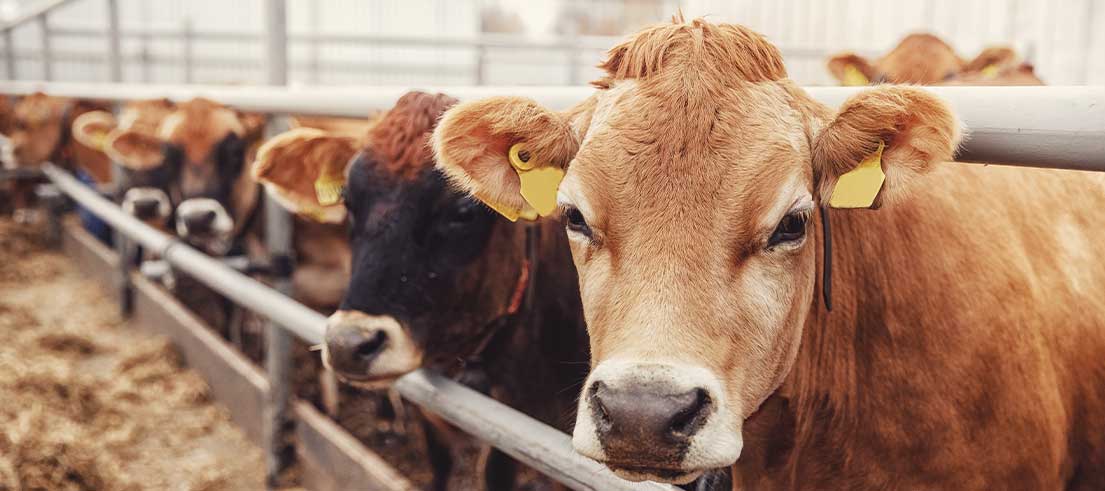
Feedlot consent applications in Canterbury
In Waitaha/Canterbury cattle feedlots - and the resource consents required for them to operate - attract community interest.
What is a feedlot?
The National Environmental Standards for Freshwater (NES-F) define a feedlot as a stockholding area where cattle are kept for at least 80 days in any six-month period and are fed exclusively by hand or machine.
Using land for feedlots is allowed and doesn’t require consent if at least 90 per cent of the cattle are under 4 months old or weigh less than 120kg. If this condition isn’t met, a resource consent is required.
The Canterbury rule framework (the Canterbury Land and Water Regional Plan and the Canterbury Air Regional Plan) doesn’t include specific rules relating to feedlots but does have rules on intensive farming, stock holding area and animal effluent that must be complied with.
Protecting the environment
One of our roles is processing resource consents, and ensuring that any granted consents have conditions that ensure the environment is protected. These conditions then act like a contract and we monitor the consent holder to ensure they are met.
Resource consent applications are assessed and audited against the framework in the Resource Management Act 1991 (RMA).
Decisions on consents are usually made by principal consents planners and principal consents advisors, or by independent decision makers, all of whom hold Ministry for the Environment Making Good Decisions accreditation.
Technical experts are consulted to better understand the effects of the activity on the environment, including groundwater and surface water, and air (if applicable).
In assessing feedlot consent applications, our team consider adverse effects on the local or wider environment. Animal welfare is not something the RMA permits us to consider when we review a feedlot application.
Protecting the environment is always our top priority. We are committed to working with mana whenua, farmers and the wider community to ensure Canterbury’s environment is maintained and enhanced.
Opportunity for community input
When we receive a resource consent application, we assess its environmental effects and determine whether it should be publicly notified according to the RMA. There are three possible outcomes:
- Non-notified – for applications with less than minor effects, and no one likely to be impacted.
- Limited notification – for applications with minor or more than minor localised effects.
- Publicly notified – for applications when the environmental effects are more than minor, or the applicant has requested public notification.
Learn more about these possible outcomes, and view current open notified consents and hearings.
Other rules for feedlots or stockholding areas
Under the Essential Freshwater package, feedlots and other stockholding areas must be an appropriate distance from waterbodies, meet minimum permeability standards and provide for effluent management.
Find out more about feedlot and stockholding area rules.
